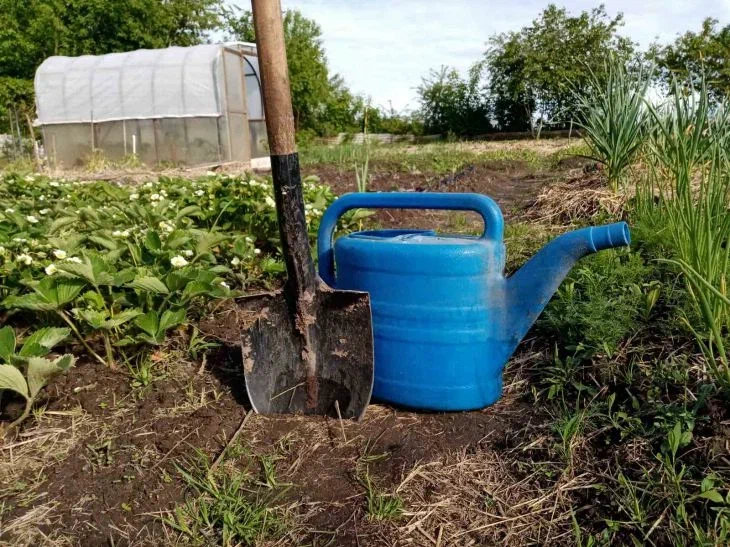What are the May beetle larvae afraid of: how to deal with the pest
The cockchafer is a threat to gardeners and vegetable growers. Adults consume tree foliage, but the greatest damage is caused by the larvae, which feed on plant roots.
As a result, affected plants become weakened, develop poorly and become vulnerable to diseases and pests.
Anastasia Kovrizhnykh , an expert of the online publication "BelNovosti", an agronomist and landscape designer, told how to act in such a situation.
Neutralizing cockchafer larvae is a complex task that requires a comprehensive approach and knowledge of the weaknesses of this insidious pest.
Biological characteristics of cockchafer larvae
May beetle larvae, also known as cockchafers, spend 3-4 years in the soil before emerging as adults. During this time, they cause significant damage to the root system of plants.

May beetles have a soft, curved white body with a yellow-brown head and three pairs of legs. They live in the upper layers of soil, actively feeding on the roots of various plants, preferring young and juicy ones.
Natural enemies of May beetles
In nature, May beetles have many enemies. Birds such as rooks, starlings, thrushes, eat the larvae found in the upper layers of soil with pleasure. Hedgehogs, moles, shrews are also not averse to feasting on May beetles.
Some species of insects, such as ground beetles, are predators and hunt for cockchafer larvae.
Maintaining biodiversity on the site helps to naturally regulate pest numbers.
Agrotechnical methods of control
One of the most effective ways to combat May beetles is regular deep digging of the soil.
By digging up the soil, we disrupt the larvae's natural habitat, making them more accessible to birds and other predators. Autumn digging is especially effective, as the larvae rise to the upper soil layers for wintering.
Larval traps
There are different types of traps that help reduce the number of cockchafer larvae. One of the simplest methods is to set up light traps.
Adult cockchafers fly to light, so you can place a light source above a container of water on the site, adding a little kerosene or vegetable oil to the water. Once trapped, the beetles will not be able to get out and will die.
Biological drugs
In recent years, biological preparations for pest control, including cockchafer larvae, have become increasingly popular.
These preparations contain microorganisms that affect larvae without harming the environment or beneficial insects. The advantage of biopreparations is their safety for humans and pets.
Folk remedies
There are many folk remedies for fighting May beetles. One of the most popular is watering the soil with an infusion of onion peel.
Onion peel contains substances that repel larvae. To prepare an infusion, pour boiling water over the onion peel and leave for several days. The resulting solution is poured onto the soil around the plants.
Prevention of May Beetles
Preventing the appearance of cockchafer larvae is much easier than fighting them. One of the main preventive measures is careful selection of planting material.
When buying seedlings, it is necessary to carefully examine the roots for larvae. It is also important to follow crop rotation rules and not to plant plants susceptible to attack by the cockchafer in the same place for several years in a row.
Control of cockchafer larvae is a complex task that requires a multifaceted approach. Using a variety of methods can reduce the pest population and protect plants.
Earlier we talked about why polycarbonate quickly deteriorates .
